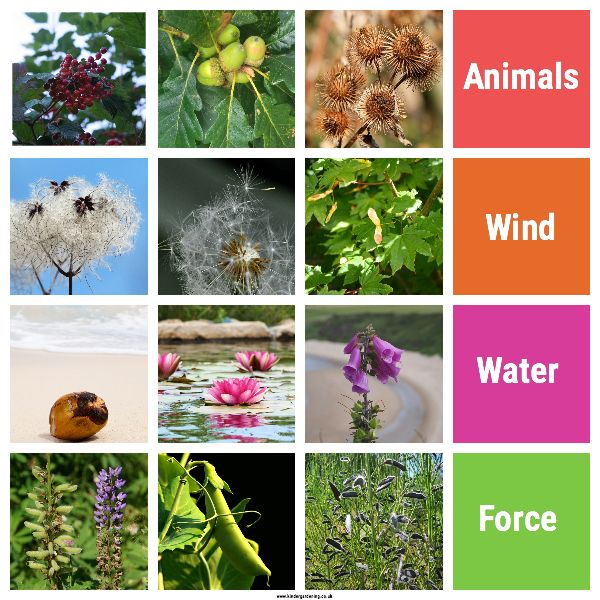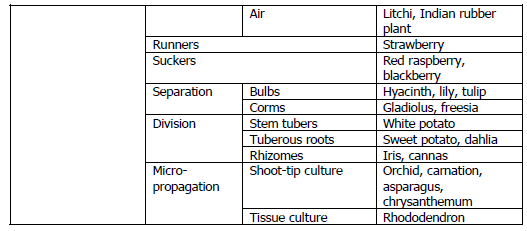There are probably as many methods of propagating plants as there are reasons for wanting to do so, but there are basically two types of propagation — sexual and asexual. Nearly all plants in nature have the ability to reproduce sexually, that is, by seed. Along with producing seed, they have developed many modifications that aid in the dispersal of that seed. Such modifications include:
- Seeds are enclosed in colourful fruits that are attractive to animals that eat the fruits and deposit the seeds elsewhere.
- Seeds with wing-like or tufted appendages enable the seed to be carried by the wind.
- Seeds that are hooked or barbed are easily attached to the coats of animals or our clothing and carried away.
- Seeds that can float thousands of miles away to wash up on a tropical island (such as coconut).

Many types of plants in nature have also evolved means by which they can reproduce asexually. Some such means include strawberry runners, potato tubers, and Johnson grass rhizomes.
Along with all the natural modifications, people have developed many ways to propagate plants more efficiently and ways that meet the needs of both the agricultural communities and the horticultural trade. Seeds can be treated in various ways to achieve better and more uniform germination rates. Cuttings of various plants can be rooted in greenhouses when the parent plants are under three feet of snow. The highly specialized techniques involved in micropropagation allow growers to produce thousands of genetically identical plants, tissues (thus the term tissue culture), or cells. Learning about these procedures and many others makes plant propagation a tremendous way to expand one’s knowledge of plants and gardening, and can lead to an interesting and rewarding profession.

Click here to view and download a handout that explains vegetative propagation.
